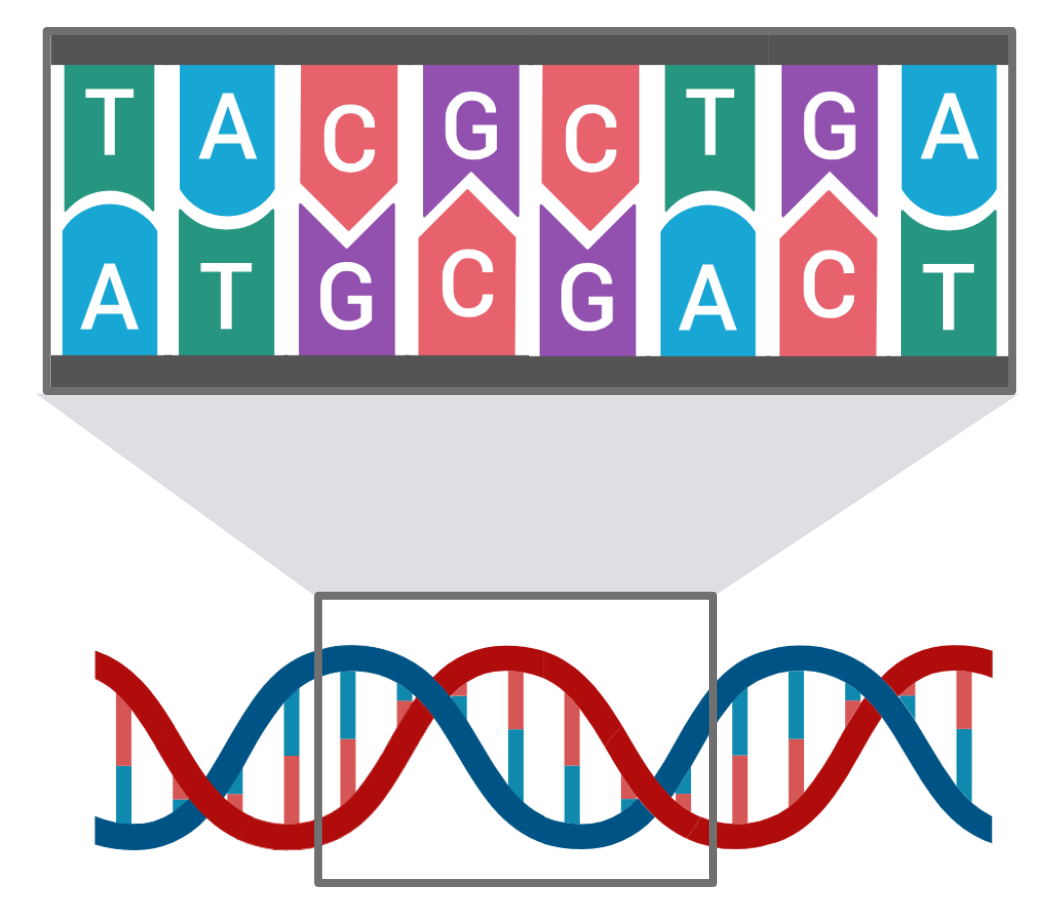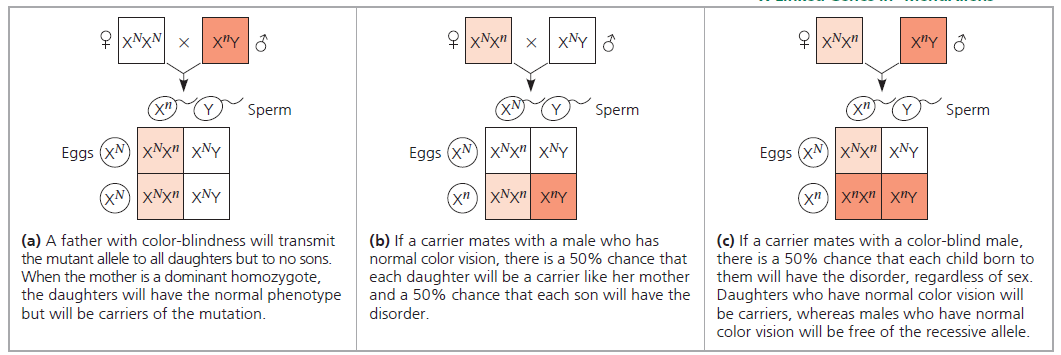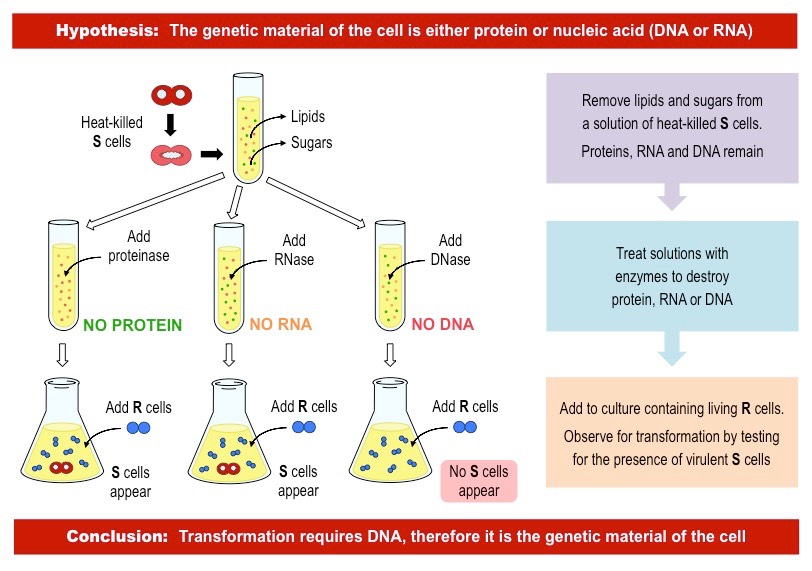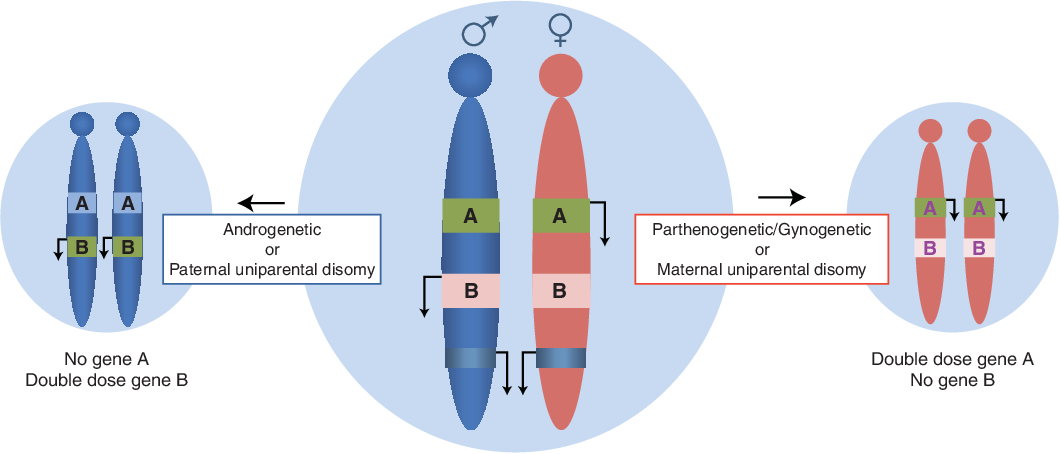-

Genetic Code Overview
Here’s an excerpt from the provided text on the Genetic Code: The **Genetic Code** is a universal set of rules essential for translating genetic information into functional proteins. It operates on a **triplet code** system, where each **codon**, composed of three nucleotides, corresponds to a specific amino acid. This code is **non-overlapping** and **degenerate**, meaning…
-

DNA and its types
DNA, or deoxyribonucleic acid, is the genetic material that carries instructions for all living organisms. It comes in various types, including the double helix, single-stranded DNA, and RNA. DNA can have different conformations and can be supercoiled. Understanding these types is essential for DNA sequencing, genetic engineering, drug development, and forensic science.
-

Inheritance of X-Linked Genes
Definition: X-linked genes are genes that are found on the X chromosome, which is one of two sex chromosomes in humans. Males and females both carry the X chromosome, but males have only one, whilst females have two. Because males and females have different numbers of X chromosomes, there are disparities in the expression of…
-

Avery, Maclyn McCarty’s Experiment
Introduction: Avery, Maclyn McCarty’s experiment is a landmark study in the field of molecular biology. It was conducted to determine the nature of the genetic material of bacteria and how it could be transformed. The experiment was carried out in 1944 and was considered a major breakthrough in the understanding of genetic information. Objective: The…
-

Is DNA the Genetic Material?
Introduction: History of the Concept of Genetic Material: Evidence Supporting DNA as the Genetic Material: Conclusion:
-

Genomic Imprinting: An Overview
I. Introduction II. Definition and Occurrence of Genomic Imprinting III. Imprinting During Development IV. Example: The Mouse Gene for Insulin-Like Growth Factor 2 (Igf2) V. What is a Genomic Imprint? VI. Importance of Genomic Imprinting VII. Conclusion
-
Mendel’s Laws of Inheritance
Gregor Mendel’s groundbreaking research on pea plants led to the formulation of two fundamental laws of inheritance. The Law of Dominance explains how dominant and recessive traits are inherited, while the Law of Segregation elucidates the separation of alleles during meiosis. The Law of Independent Assortment further reveals the independent inheritance of different traits. These…
-
Exons and Introns
Dive into the intricate world of gene transcription with a focus on exons and introns. Explore how eukaryotic genes differ from prokaryotic ones and uncover the roles of exons, coding sequences, and introns, non-coding segments, in shaping gene expression. Delve into the structure of the human β-globin gene as a case study, unraveling its various…
-
Sex Determination in Drosophila
Drosophila, commonly known as fruit flies, have long been a staple in genetic and developmental biology research. One of the most fascinating aspects of Drosophila biology is their sex determination process, intricately tied to their genetic makeup. The sex of these tiny organisms is dictated by a single pair of sex chromosomes, X and Y.…
-

Secondary Sex Determination in Mammals
Explore the intricate realm of secondary sex determination in mammals, where hormones and genetic interplay shape diverse phenotypes. Uncover the two major phases and hormonal cues guiding the development of sexual characteristics. From internal and external genitalia to reproductive ducts, delve into the journey of female and male phenotypes. Discover conditions like pseudohermaphroditism and true…
-

Chromosomal Sex Determination in Drosophila
Discover the unique chromosomal sex determination in Drosophila, where the intricate interplay of genes and chromosomes orchestrates sex. Dive into the captivating journey of how the X chromosome, Sex-lethal gene, and a cascade of molecular events shape sex-specific traits. Uncover the pivotal roles of transformer, doublesex gene, and transcription factors in steering the course of…
-

Gene Therapy: A study note
Gene therapy is a groundbreaking medical approach that holds tremendous potential for revolutionizing disease treatment. By altering the genetic material within cells, gene therapy aims to correct abnormal genes or introduce therapeutic genes to combat a wide range of conditions. This study note provides a comprehensive overview of gene therapy, exploring its principles, techniques, applications,…
-

Pedigree Analysis
Pedigree analysis is a powerful method used in genetics to unravel the inheritance patterns of specific traits and disorders within families. By constructing a detailed family tree, known as a pedigree, and carefully studying the presence or absence of a trait in each individual, researchers can deduce whether a trait is inherited dominantly, recessively, or…
Categories
- Anatomy (9)
- Animal Form and Functions (38)
- Animal Physiology (65)
- Biochemistry (33)
- Biophysics (25)
- Biotechnology (52)
- Botany (42)
- Plant morphology (6)
- Plant Physiology (26)
- Cell Biology (107)
- Cell Cycle (14)
- Cell Signaling (21)
- Chemistry (9)
- Developmental Biology (36)
- Fertilization (13)
- Ecology (5)
- Embryology (17)
- Endocrinology (10)
- Environmental biology (3)
- Genetics (59)
- DNA (27)
- Inheritance (13)
- Histology (3)
- Hormone (3)
- Immunology (29)
- life science (76)
- Material science (8)
- Microbiology (18)
- Virus (8)
- Microscopy (18)
- Molecular Biology (113)
- parasitology (6)
- Physics (3)
- Physiology (11)
- Plant biology (26)
- Uncategorized (7)
- Zoology (112)
- Classification (6)
- Invertebrate (7)




